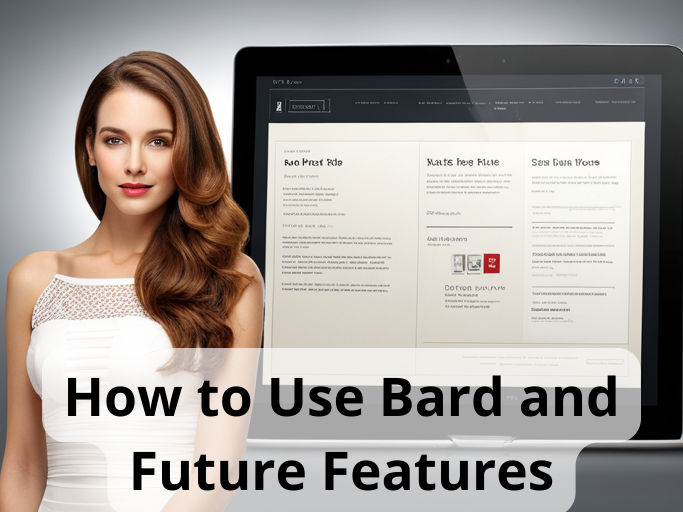
To start using it, users need to click on the ‘Try Bard’ option and agree to the company’s privacy policy. Google has, however, cautioned that Bard is currently in an experimental phase and may sometimes give inaccurate or inappropriate responses. Users are encouraged to leave feedback to help improve Bard.
Presently, Bard supports US English, Japanese, and Korean, but there are plans to expand its language support to 40 other languages soon.
In terms of future features, Google plans to make Bard more ‘visual’ in its responses, meaning it may include images in its responses in addition to text. This is achieved by combining Bard with Google Lens, allowing users to include images in their prompts.
Bard will also be integrated with various Google apps such as Docs, Drive, Gmail, and Maps, enhancing its versatility and utility. Further, Bard will work with Adobe Firefly to generate images, thereby enhancing its creative capabilities.
Moreover, Bard will be able to tap into various services from across the web using extensions from outside partners, leading to unprecedented possibilities. One such integration will be with Adobe’s family of creative generative AI models, Adobe Firefly, allowing users to quickly turn their creative ideas into high-quality images.
What features could be on the card for Bard AI in the next couple of years?
Let’s dream:
1. Emotion Recognition: In the future, Bard could potentially have emotion recognition capabilities, understanding not just the words typed by the user, but also the emotional context behind them. This could allow it to respond in a more empathetic and contextually appropriate manner, enhancing the quality of interaction.
2. Seamless Integration with IoT Devices: Bard could be integrated with various Internet of Things (IoT) devices, such as smart home appliances, wearables, and vehicles. This would enable users to control these devices using Bard, adding an extra layer of convenience.
3. Personalized Learning Capabilities: Bard might develop the ability to learn and adapt to individual users’ communication styles and preferences over time, making each interaction more personalized and efficient.
4. Video Generation and Analysis: Beyond just text and image responses, Bard could evolve to generate and analyze videos, providing more interactive and engaging content. It could also potentially interpret and understand video content provided by the user.
5. Advanced Multilingual Support: Although Bard is expected to support many languages, it could further improve to understand and translate colloquial phrases, idioms, and regional dialects, making it more accessible to a diverse user base.
6. Real-time Fact-Checking: Leveraging Google’s extensive database and search capabilities, Bard could offer real-time fact-checking services, providing users with immediate verification for dubious claims or information.
7. Healthcare Advice: With user permission, Bard could integrate with health apps and devices, offering personalized health advice, reminders for medication, and even early warning for potential health issues based on data analysis.
8. Advanced Augmented Reality (AR) Integration: Bard could be integrated with AR technology to provide users with immersive and interactive experiences, such as virtual tours, educational experiences, or even assistance with tasks like cooking or DIY projects.
Remember, these are speculative features and there’s no guarantee that Bard will develop in this way. However, given the rapid advancement of AI technology, such features are within the realm of possibility.
